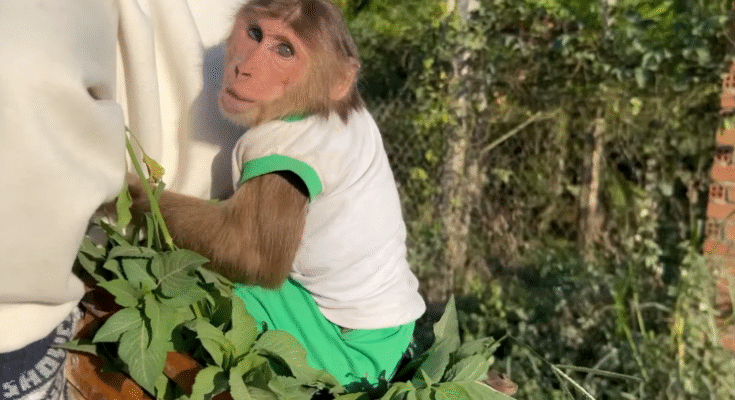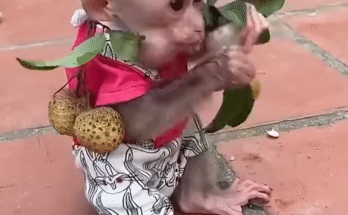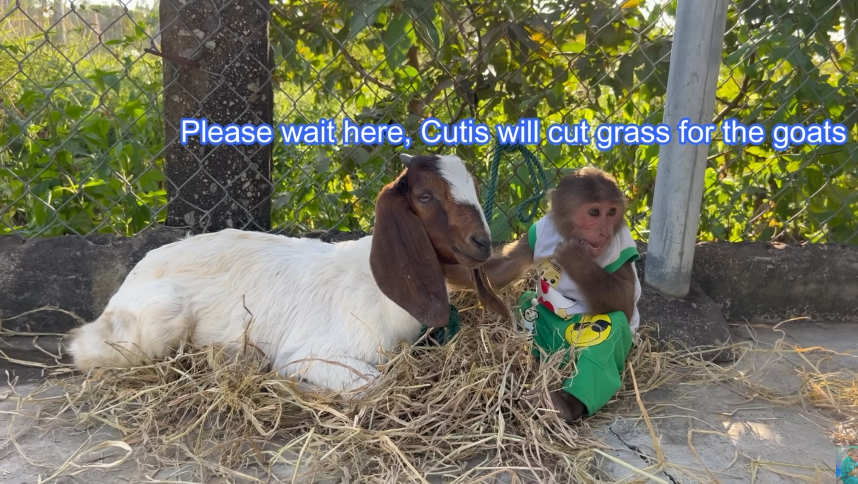
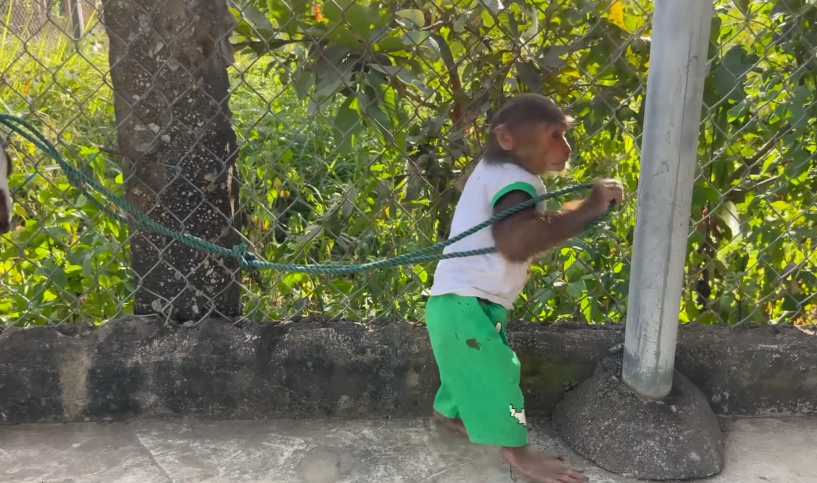
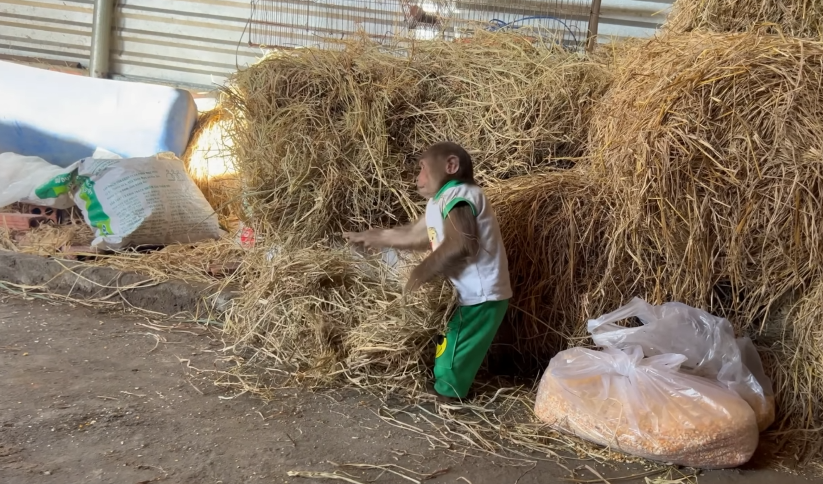

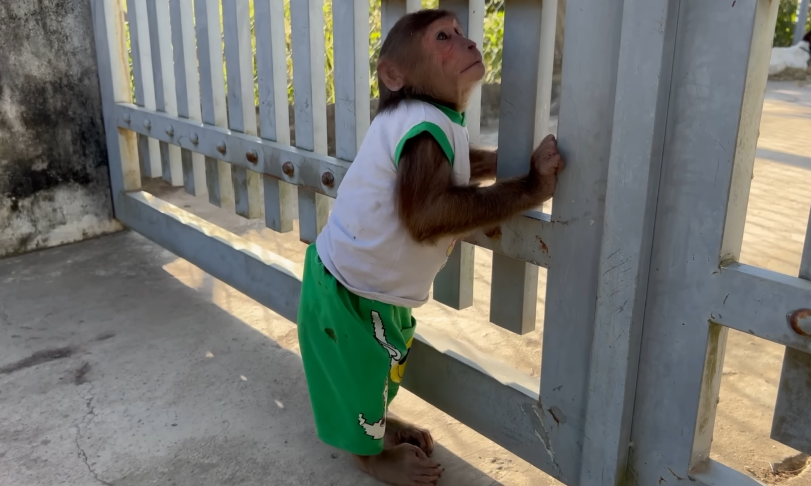
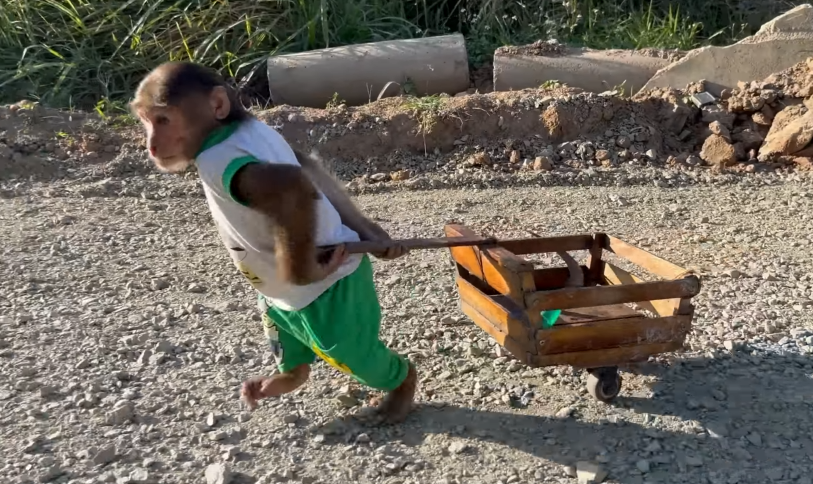
Early morning sunlight filtered through the tall palm trees surrounding the village of Cutis, painting golden streaks on the fields below. The gentle hum of life had already begun, long before the sun had fully risen. Birds chirped melodiously, and the roosters had finished crowing. But for the Cutis farmers, the day had already been in full swing.
Cutis is a small agricultural community tucked away in the countryside, known for its hardworking farmers and their love for animals, especially goats. Goats here aren’t just livestock; they are a part of the family. Their milk is sold to local markets, their droppings used to enrich the soil, and their company a source of joy for the children who play with them.
One particular family stood out among the rest—Mr. Samnang and his wife Sopha. They had been goat farmers for nearly 15 years, and their commitment to sustainable farming had inspired many in the village. They didn’t rely on commercial feed or artificial methods. Instead, they harvested grass from the surrounding hills and fields, ensuring their goats had the freshest, most nutritious diet possible.
Each morning, Samnang would lead a small team of workers—sometimes joined by neighbors or visiting relatives—out to the grassy edges of the village, machetes in hand and woven baskets on their backs. The work wasn’t easy. The sun could be harsh, and the grass often grew in wild, uneven patches, but there was something incredibly satisfying about doing the work by hand.
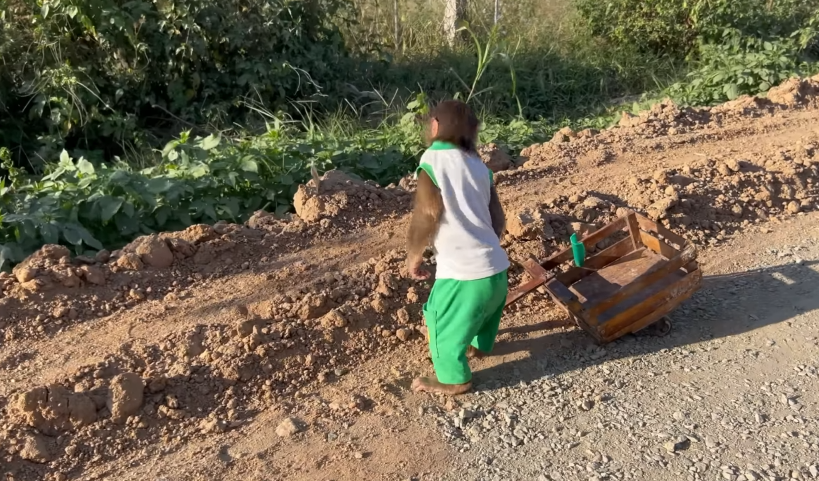
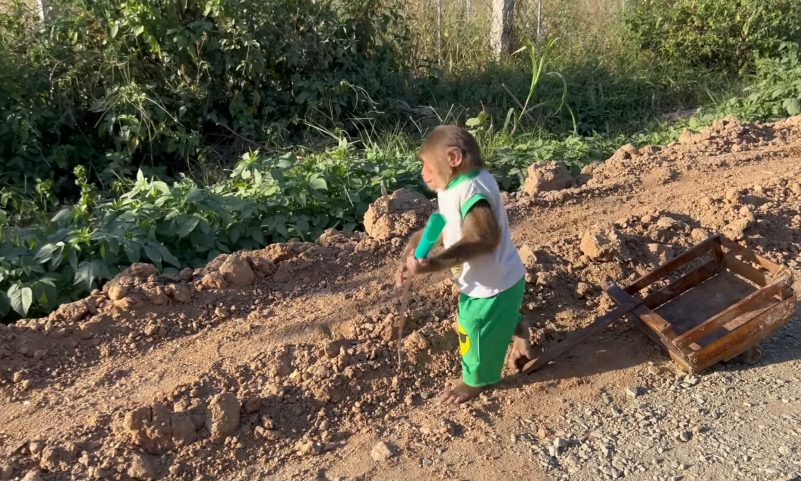
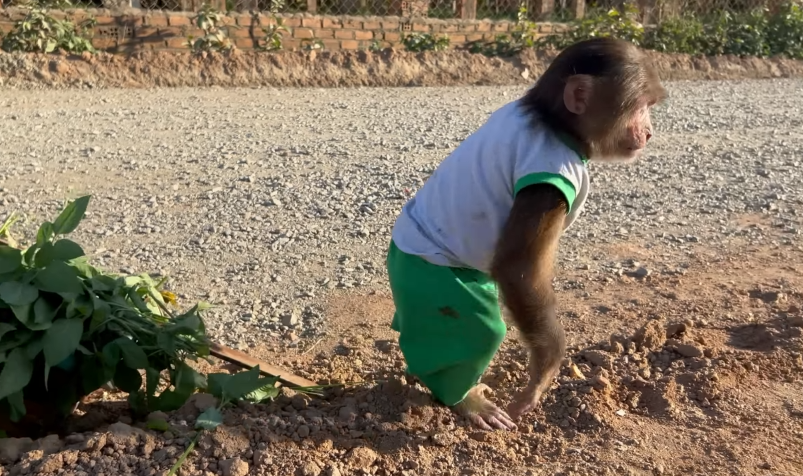
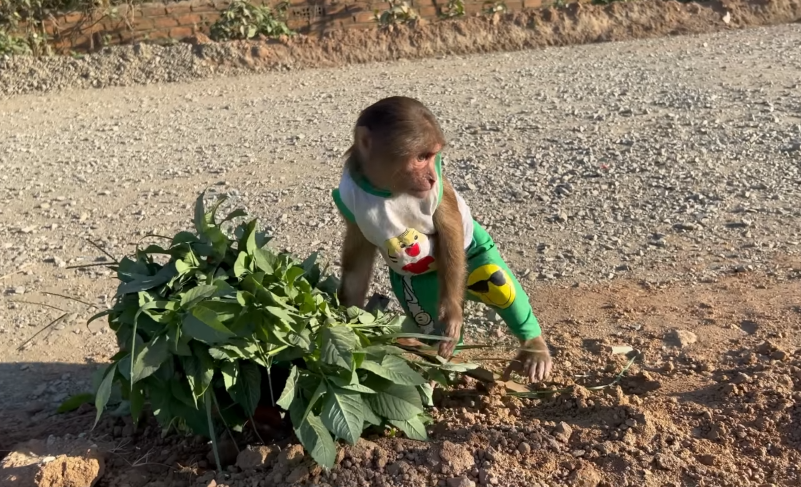
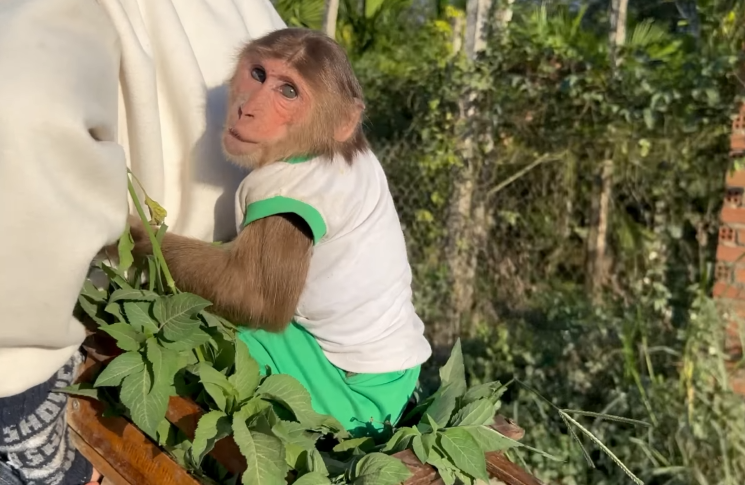
“You can’t beat nature,” Samnang would often say. “Fresh grass, cut with care, makes healthy goats. And healthy goats make a healthy family.”
The team would spend several hours cutting tall green stalks of elephant grass, napier grass, and other local varieties known to be rich in fiber and nutrients. The scent of fresh-cut grass filled the air, sweet and earthy. Some workers bent low to gather tender shoots near the ground, while others hacked gently at tall clumps with steady rhythm, the sound of swishing blades echoing across the fields.
Meanwhile, back at the farm, Sopha and her daughters prepared the goat pens. They swept the area clean, refilled water basins, and checked the goats for any signs of illness. The goats were used to this daily routine. As soon as they saw Samnang and the others returning with large bundles of grass, they would bleat excitedly, some even jumping in place.
“You’d think they hadn’t eaten in days,” Sopha laughed one afternoon as the goats jostled each other, eager to get the first bite.
Feeding time was both chaotic and endearing. The grass was laid out in thick piles along the feeding troughs, and the goats dug in enthusiastically. Some nibbled politely, while others playfully pushed each other to get to the best bits. The youngest goats, still learning how to eat solid food, watched their elders and copied their every move.
But this process wasn’t just about food. For the Cutis farmers, harvesting and feeding was a ritual, a connection to the land and animals they cherished. It was a daily reminder of their bond with nature and their responsibility to care for the creatures that, in return, sustained their livelihood.
As midday approached, the heat intensified. The workers returned to the shade, wiping sweat from their brows and sipping cool water. Though tired, their faces glowed with a sense of accomplishment.
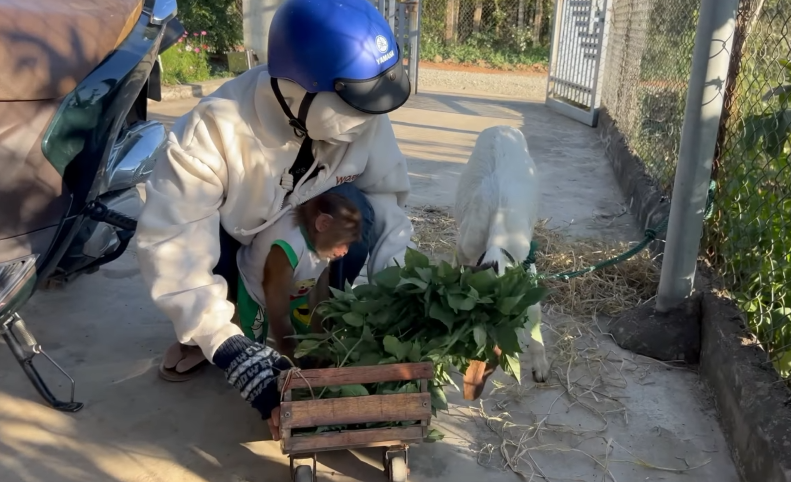
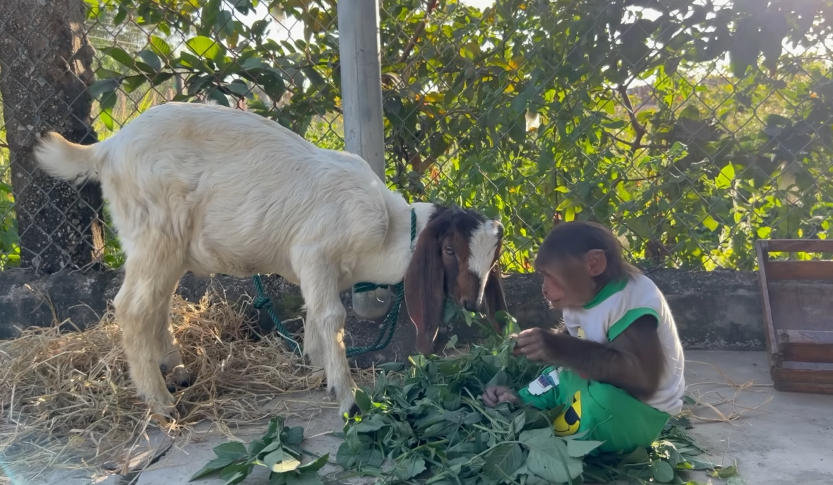

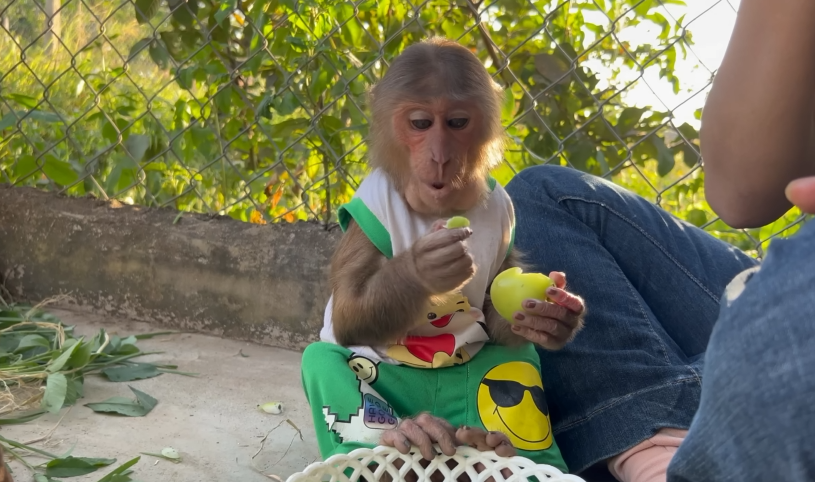
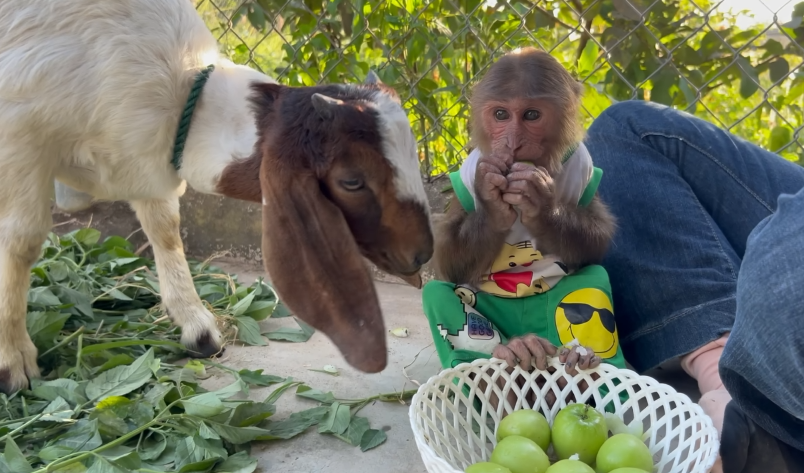
“We may not be rich,” one farmer said, “but this work keeps us strong and proud. And our goats are some of the happiest in the province.”
Indeed, word had spread beyond Cutis about the quality of the goats raised here. Traders from neighboring towns often visited to purchase milk, cheese, and even baby goats. Some came out of curiosity, eager to learn how the farmers managed to keep their livestock so healthy without expensive equipment or commercial feed.
The answer was simple: care, patience, and tradition.
Samnang often hosted small workshops for other farmers. Under the shade of a large tree near his goat pens, he would explain how to identify the best grasses, how often to rotate grazing areas, and how to care for mother goats during pregnancy.
“The goats give us so much,” he’d say. “We owe it to them to give back.”
And the younger generation was beginning to take notice. Samnang’s own son, Dara, had recently finished his studies in agricultural science and returned home to help modernize some of the processes—without sacrificing the traditions that made their farm unique.
He introduced composting systems to recycle grass waste, helped build a simple irrigation system to keep the grass fields green during dry seasons, and set up shaded resting areas for the goats to prevent overheating.
“The future of farming is in combining the old with the new,” Dara explained. “My father taught me how to respect the land, and now I want to use my education to protect it for the next generation.”
Visitors to the Cutis farm often left with more than just goat products. They took home a piece of the philosophy that defined the village: work hard, stay connected to nature, and treat animals with love and dignity.
One particularly hot day, after a long morning of harvesting, Samnang sat beside his favorite goat, an old nanny named Mera. She had been with the family for over ten years and was now too old to produce milk or kids. Yet, she still received the same fresh grass, gentle care, and daily attention as the younger goats.
“She gave us years of milk and four beautiful babies,” Samnang said, stroking her fur. “She deserves to retire in peace.”
The sun began to set over the fields, casting long shadows and a warm golden hue across the village. The sound of munching goats, clinking water basins, and soft laughter filled the air.
For the Cutis farmers, each day was a reminder of the beauty of simple living, the strength of community, and the quiet joy found in honest labor. And as long as the grass continued to grow and the goats continued to bleat, the heart of Cutis would beat strong, fueled by dedication, tradition, and love.
